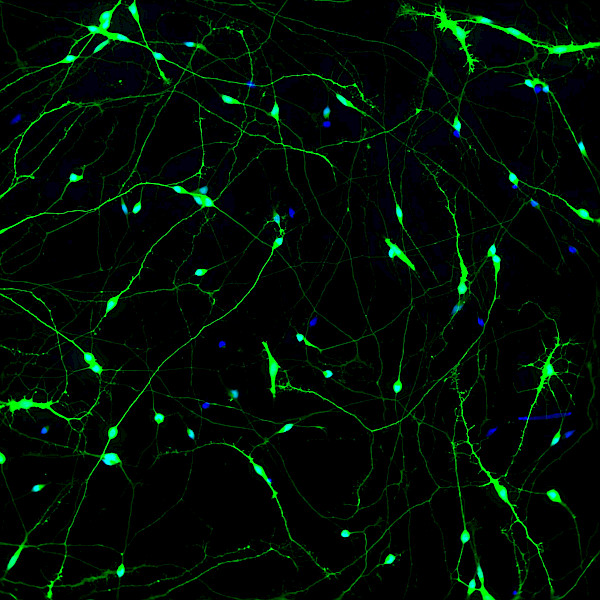
Over the last 3 years, our research has focused on a prototypical yet poorly understood form of complex hereditary spastic paraplegia in children, called AP-4-HSP (SPG47, SPG50, SPG51 and SPG52). We have partnered with several families to develop a translational research agenda to find cure for this devastating and progressive orphan disease (http://www.cureAP4.org/). This has led to the first detailed clinical characterization of this rare disorder in non-consanguineous populations and the developmental of an international disease registry and natural history study. In only 2 years, we have been able to define the clinical, molecular and radiographic signature of AP-4-HSP across the age spectrum. This has helped define clinically meaningful endpoints and sets the stage for future interventional trials. With the support of CureAP4, we have also generated the first human neuronal model of SPG47. In patient-derived cells we have defined several cellular phenotypes that serve as a surrogate for central disease mechanisms. The experimental platform that we developed allows for high-throughput assays. Using our patient-derived disease models, we are currently working towards a phenotypic small molecule screening to identify new therapies.